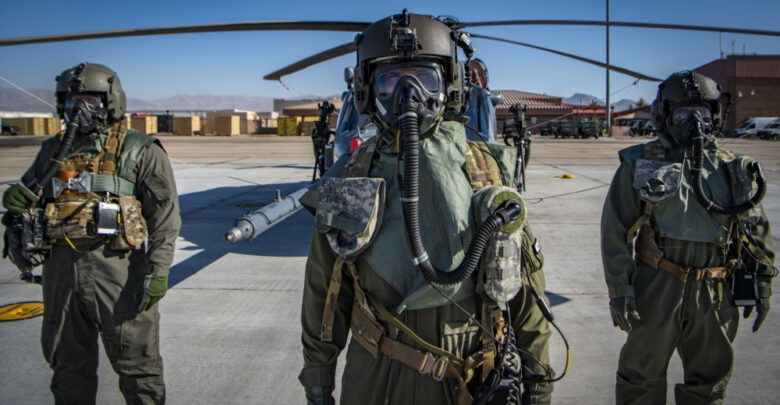Analysis: The importance of “Biodefense” in the wake of COVID-19

The COVID-19 pandemic has led to disruption on an unprecedented scale. More than 750,000 Americans died, while more than 46.9 million cases have been reported. Schools and universities transitioned online for several months, and in April 2020, US unemployment reached its highest level on record at 14.8 percent.
It is precisely the chaos and disruption brought on by a global pandemic that could prompt adversarial nation-states and terrorist groups to research, develop, and acquire biological weapon capabilities.
The prospect of such capabilities should prompt US officials to assess preparedness against acts of bioterrorism and biological warfare. American national security is at stake. The potential threat must be taken seriously.
Biological Weapons and Bioterrorism
The United Nations defines biological weapons as platforms that release disease-causing organisms to injure or kill humans, animals, or plants.
When terrorist organizations use biological weapons and biological agents, such acts are referred to as bioterrorism.
In the United States, two prominent bioterrorist attacks have occurred. The anthrax letter attacks in September and October 2001 resulted in the death of five individuals and clearly illustrated the threat of biological weapons.
In September 1984, salad bars in Oregon were laced with salmonella. The incident resulted in the infection of 751 individuals. The perpetrator was a local cult led by Bhagwan Shree Rajneesh.
Just as technology has enabled the development of new and improved medications, procedures, and medical technologies, the threat of biological attacks has continued to increase in proportion to scientists’ ability to understand and manipulate biological systems.
US Army soldier with the Chemical Corps points his rifle while wearing a protective gas mask.
Since 1918, soldiers of the US Army Chemical Corps have served to protect the country and armed forces from the threat of chemical, biological, radiological and nuclear attacks. Photo: US Army
Genetic Engineering
With the advent of genome engineering, the ability to manipulate bacteria and viruses at the molecular level has thus far presented the greatest advancement in the development of biological weapons. A bacterium or virus can be made more resilient and better suited for infecting humans through genetic engineering.
The technology could also make existing pathogens more transmissible or virulent, compounding the danger of biological weapons and significantly increasing their potential to serve as weapons.
In addition, the biological nature of such weapons makes the potential fallout of an attack even greater, as many agents are self-replicating and can be transmitted from person to person. A small, targeted attack, for example, could result in a larger-scale outbreak that spreads beyond the initial area in which the agent was released.
Biodefense
In response to the capability of leveraging biotechnology for developing biological agents as potential weapons, government resources have been allocated for “biodefense” programs aimed at detecting bioterrorist attacks and countering biological threats. Biodefense also includes efforts such as the establishment of strategic stockpiles of vaccines and medications.
The Department of Homeland Security established the BioWatch Program in 2003; however, a recent report by the Bipartisan Commission for Biodefense questioned its effectiveness in identifying biological attacks.
Although bioterrorist incidents in the US are rare, it’s crucial for the national security apparatus and government to continue developing countermeasures and responses to biological incidents, both natural and synthetic, that can lessen the catastrophic impact on lives, societies, economies, and institutions.




